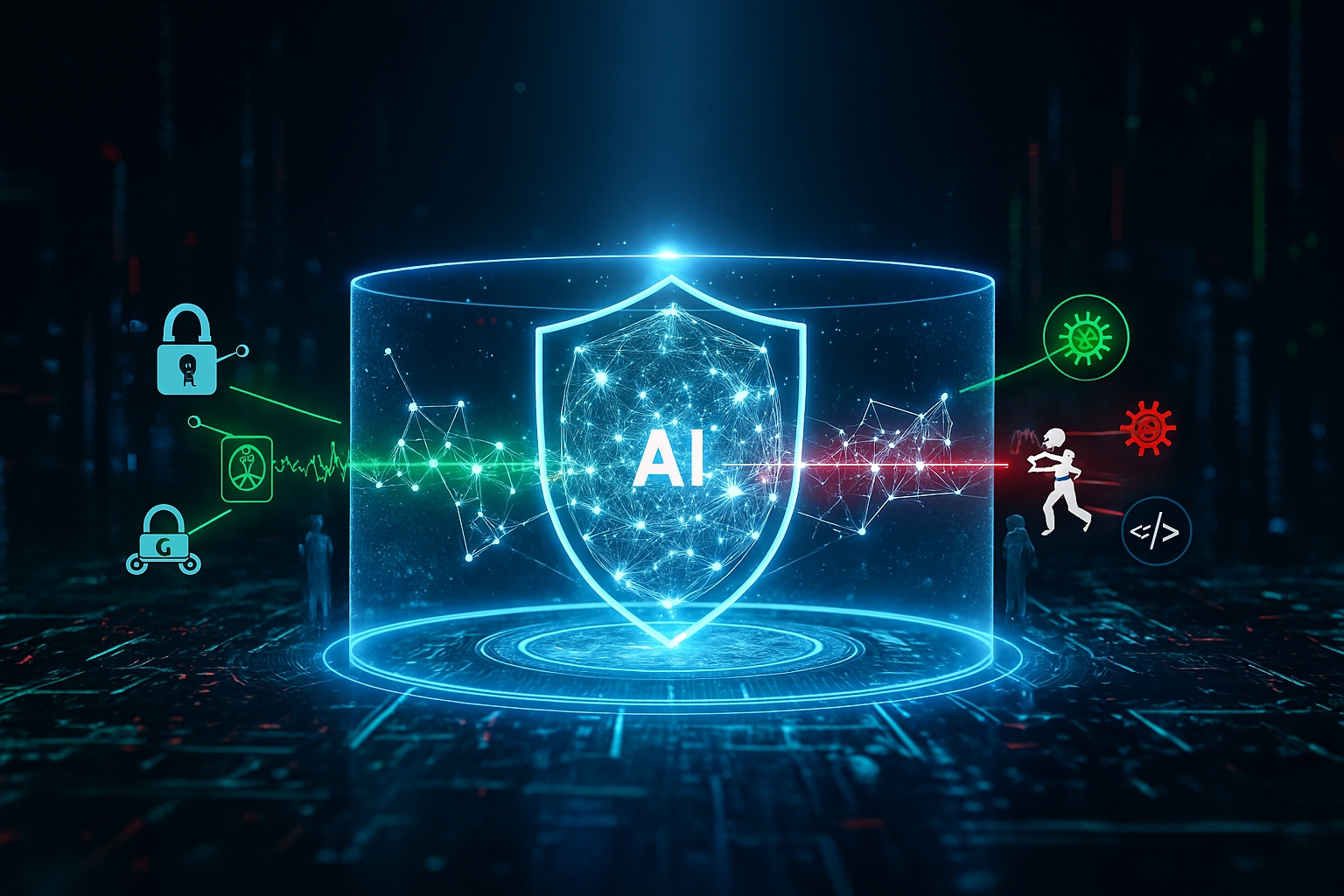
Techy Update
Securing the AI Supply Chain: Why It Matters More Than Ever
Vorgath
1 min read
When we think of AI security, we often picture hackers attacking a finished AI model. But what if the attack happens *before* the model is even built? Welcome to the world of AI supply chain security, one of the most critical and overlooked areas of cybersecurity.
An AI model is only as secure and reliable as the components used to create it.
What is the AI Supply Chain?
It includes everything that goes into making an AI:
- The Data: The massive datasets used for training.
- The Code: The open-source libraries and frameworks (like TensorFlow or PyTorch).
- The Pre-Trained Model: The foundational model that is being fine-tuned.
- The People: The data scientists and engineers who build it.
A vulnerability in any one of these links can compromise the entire system.
Key Vulnerabilities
- Data Poisoning: This is the most insidious threat. A hacker secretly injects malicious or biased data into the training set. The result? An AI that appears to work correctly but has a hidden backdoor. For example, a self-driving car's AI could be "poisoned" to not recognize a specific type of stop sign.
- Model Theft: AI models are incredibly valuable intellectual property. Hackers can try to steal them by exploiting weaknesses in the platforms where they are stored or trained.
- Compromised Open-Source Code: If a popular open-source machine learning library is compromised, every AI built using it could be at risk.
Securing the AI supply chain means verifying the integrity of every component, from the first data point to the final line of code.
This requires a "zero-trust" approach: rigorously vetting data sources, scanning code libraries for vulnerabilities, and controlling access to models. As AI becomes more integrated into critical systems, securing its supply chain is no longer optional—it's essential.